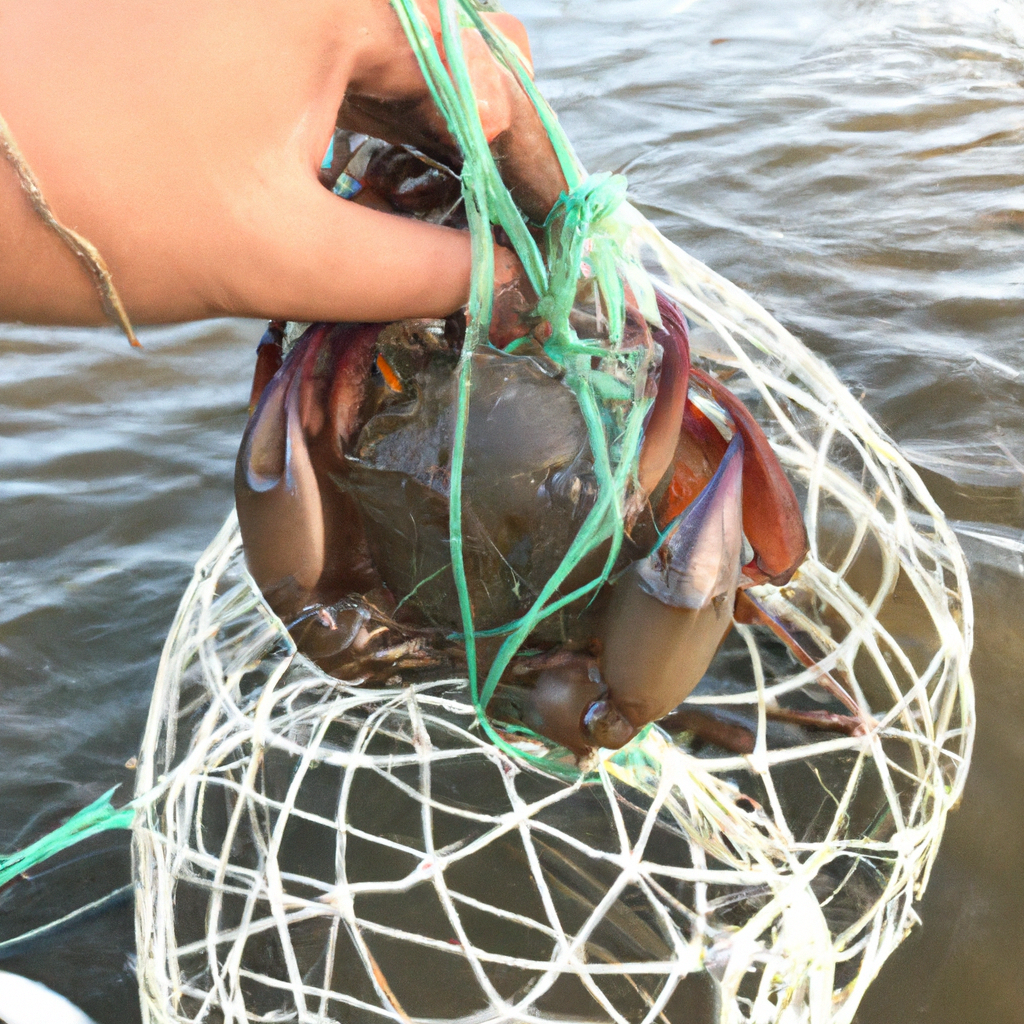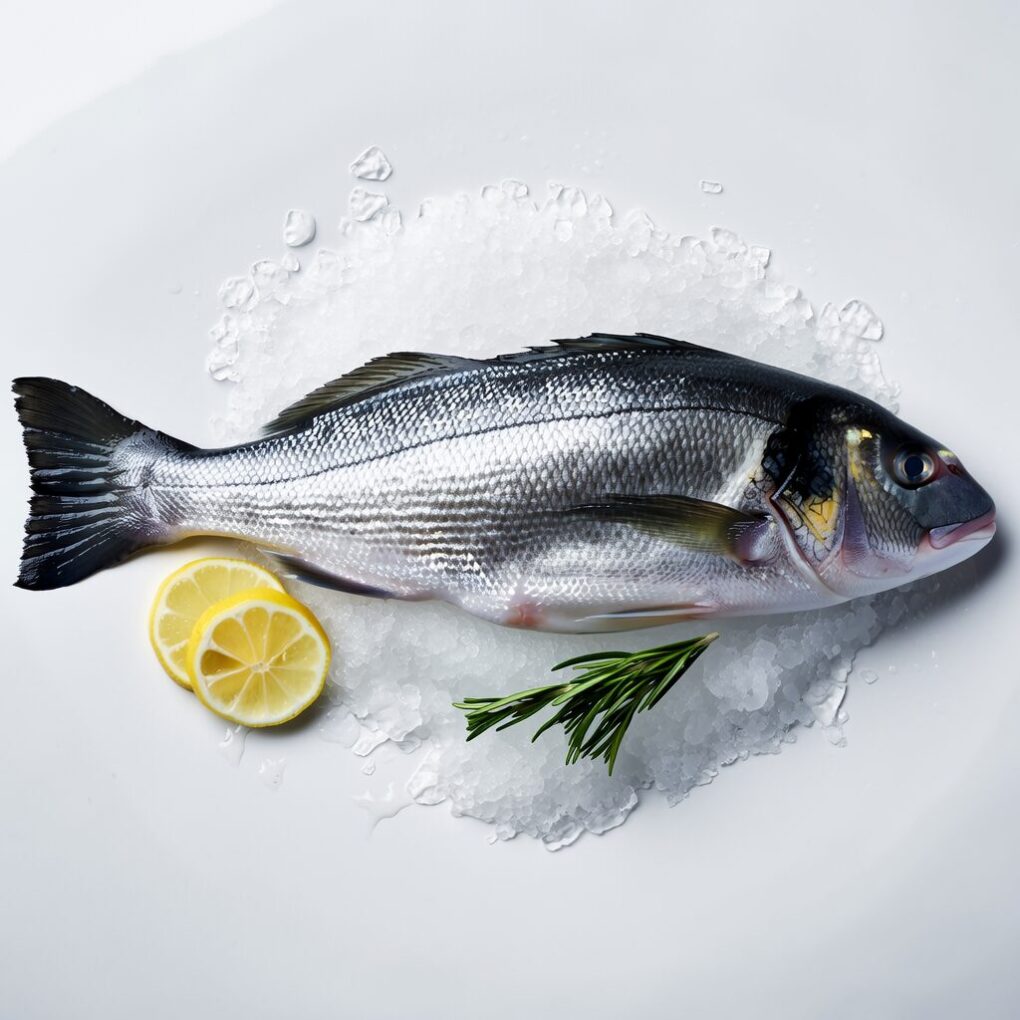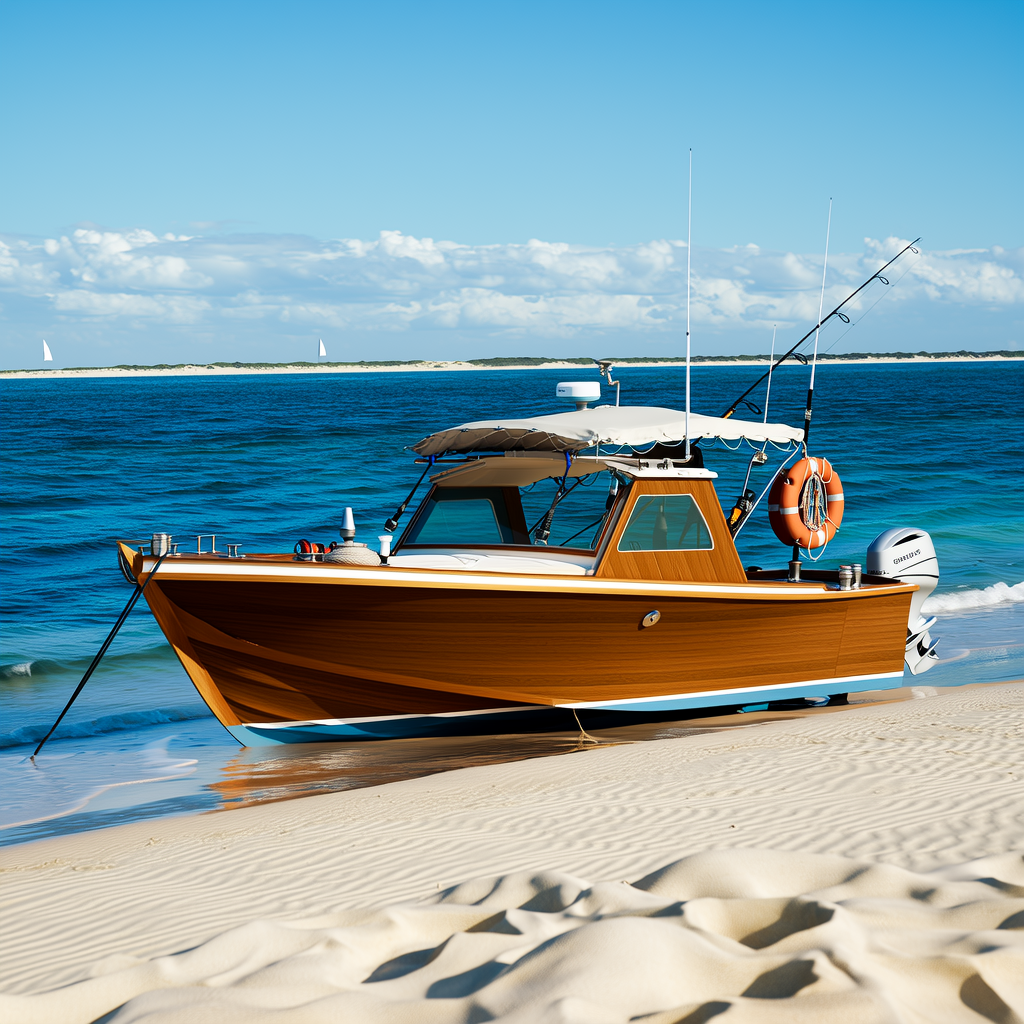Crab fishing has been a popular and exciting activity for millions of people all over the world. This exciting yet challenging activity requires patience, skill, and effort. Crab fishing can be a fun and profitable hobby as well as a sport. This article will provide a complete guide to crab fishing, from the equipment needed to the different types that can be caught.
Equipment Required for Crab Fishing
It is important that you have all the necessary equipment before venturing into the water. Crab traps, baitbags, and a crab-measuring device are the most important pieces of equipment for crab fishing. Crab traps are available in commercial or homemade versions. Handmade traps are made from mesh or wire mesh, and require bait bags. Commercial traps are available in many shapes and sizes, and do not need bait bags.
Bait is a crucial part of crab fishing, as it attracts crabs to the traps. Baits for crab fishing are chicken carcasses, fish heads, guts and fish. The bait is placed inside the trap and then the trap is lowered into water.
Crab measuring devices can be used to determine if the crabs caught meet the required size limit. Crab size limits vary from region to region, so it’s important to check before you start crab fishing.
Crabs can be caught in many different types.
Crab fishing can catch a variety of crabs. Dungeness crabs are among the most popular crabs. Dungeness crabs can be found along the west coasts of North America while blue crabs live primarily in the Atlantic Ocean. King crabs can be found in the North Pacific Ocean. They are among the largest crabs.
Crabbing Techniques
Crab fishing techniques differ depending on the location and type of crab caught. Dungeness crabs, for example, are usually caught in traps set on the sea floor using a longline. Blue crabs are caught with trot lines, hand lines or crab pots. Trot lines are long, pole-mounted lines used to catch crabs.
Safety Tips
When crab fishing, it is important to follow safety precautions. Wearing a life jacket is important, as is checking the weather forecast prior to heading out. All equipment should be in good working order. The crab can be dangerous if it becomes aggressive or the trap gets tangled.
Economic Importance Of Crab Fishing
Crab fishing is a popular sport and a lucrative business. Crab fishing is an industry worth billions of dollars that employs thousands of people around the world. Crab fishing must be done sustainably in order to protect the crab population and the environment.
Crab fishing is not only a good source of income, but also a food source for many coastal communities. Crabs are high in nutrients and are rich with omega 3, vitamins, and protein. Crab meat can be used in many dishes, such as crab cakes, crab soup, and crab salad.
Conclusion
Crab fishing is an exciting and fun activity that both recreational and commercial fishermen can enjoy. Crab fishing is a skill that requires patience and the right equipment. Depending on the location, the type of crab and the technique used to catch it, different types of crabs are available. Crab fishing is also an important source for income in many communities, and it is an important part sustainable seafood harvesting. To ensure that this exciting sport can be enjoyed by future generations, it is important to fish safely and sustainably.




